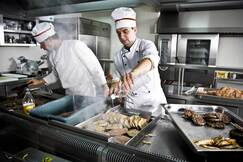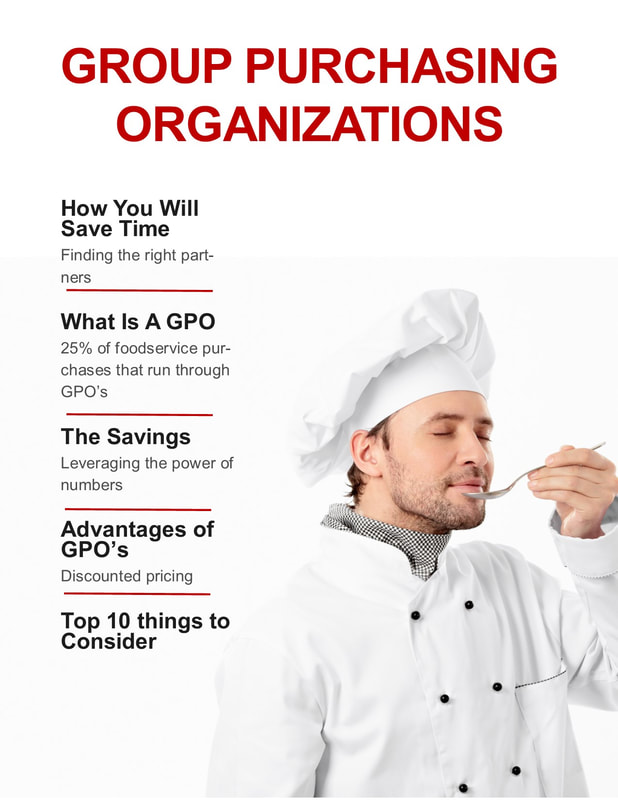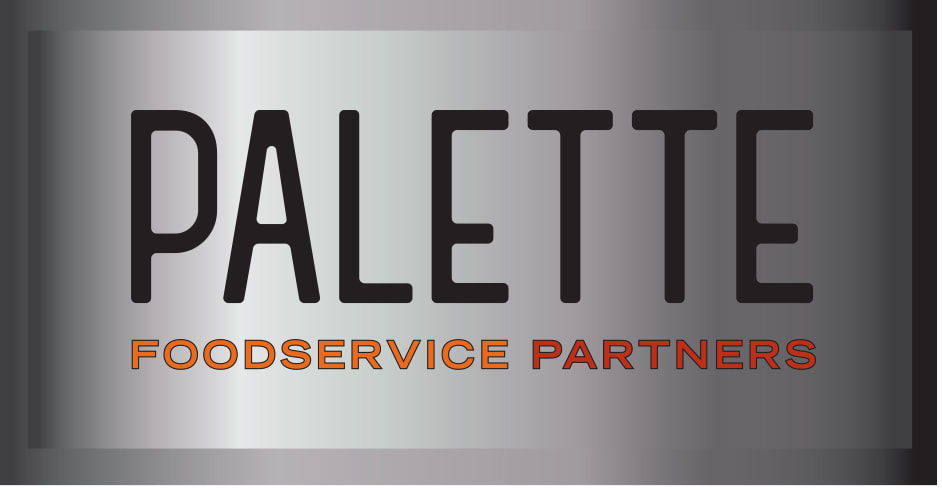 The combined challenges of the pandemic, inflation, supply chain problems and labor shortages have made it clear: To survive and thrive in the years ahead, restaurants will need new ways of operating. The good news, according to the National Restaurant Association’s 2022 State of the Restaurant Industry report, is that two key customer demographics are particularly welcoming of the changes. Specifically, adults born between 1980 and 2003 (Millennials and the older edge of Gen Z), as well as a fair share of Boomers, are embracing the efficiencies that technology is bringing to the ordering, purchasing and collection process, while also demonstrating an open-mindedness about the role restaurants can fulfill in their lives. For example, these consumers see restaurants as meal partners. Even if they’re planning to eat at home, they may still look to restaurants to provide a part of that meal or a kit that makes it easier to prepare their full meal. These customers place high value on takeout – and 94 percent of millennials said they would order a wider array of to-go foods if they were packaged to preserve them better (70 percent are even willing to pay more for upgraded packaging). Millennials and Gen Z, in particular, like alcohol with their order too, giving operators some room for creativity with promotions for higher-margin drinks that customers don’t want to prepare at home. They’re open to buying subscriptions for restaurant meals or opening house accounts that offer a discount for prepayment. Importantly, they also like the efficiency of tech-enabled ordering and payment – and that extends to ordering through virtual assistants. All told, the definition of a “great” restaurant experience is changing – and those changes bring greater efficiencies and possibilities for restaurants, amid the challenges.  Whether you’re participating in a Restaurant Week or developing other events designed to draw traffic during normally slower periods this season, now is a good time to fine-tune your loyalty program. It can help you capture the higher volume of guest data coming to you and turn an occasional guest into a regular one. What’s more, it may help you ride out otherwise challenging market conditions. Paytronix research found that loyalty program members were responsible for a larger proportion of total sales after the onset of the pandemic, and that the top 10 percent of loyalty guests were responsible for more than half of all spending for eight months in 2020. Further, according to Waze, 40 percent of consumers feel their participation in a restaurant loyalty program would encourage them to spend more on their food orders. But at a time when consumers are receptive to loyalty programs, it can also be difficult for restaurants to make their program stand out. To do so, focus on deeper personalization. That could mean using Bluetooth technology to automatically identify a loyalty program member and pull up their most recent orders, introducing a gaming promotion to drive traffic during certain periods, or simply rewarding customers with more of what you know they love. Dunkin Donuts, for one, sends “Year in Review” emails to its DDPerks members based on their yearly purchases and activity. It’s simple and it brings people back.  For restaurants, the past two years have taken creative problem solving to a new level. That has extended to how new and existing restaurant projects are being funded. Higher numbers of restaurants have been inviting loyal guests to help fortify their business for the long haul by becoming investors – the number of restaurant crowdfunding projects on Kickstarter alone grew from 3,400 in mid-2019 to nearly 4,000 in January of this year. The timing makes sense, considering the vast number of restaurants that have been looking for business loans and the smaller pool of large investors available to support them. Further, a restaurant’s loyal guests know first-hand how the business makes a positive impact on their community. If you’re interested in learning more about the possibility of asking guests to support your business in this way, there are a range of contribution models that have come about to help, including Honeycomb, which allows a donor to potentially earn a return on their investment, unlike the lower-stakes, Kickstarter-type models in which someone makes a donation and gets a free meal or merchandise in return. Of course, this also means that operators have more local eyes on them as they run the business day to day – though small restaurant investors may also view their investment as less of a wealth-building scheme than a means of paying it forward.  Supply challenges could persist for the remainder of 2022 and into next year, according to the prevailing commentary from restaurant industry analysts. Consumers are well aware of the shortages and are experiencing them at grocery stores themselves, along with higher prices as compared to restaurants. But with a little planning, you can entice guests to order from you and avoid reminding them of the inventory (and staff) you may lack week to week. Now is a good time to develop a contingency plan for the year, to cover recipes, ingredients, promotions and equipment. First, scrutinize your recipes and look for ways to flex them with a range of ingredients – swapping in different vegetables, grains, sauces and spices, for example. For each dish, have a roster of back-up ingredient options that you can turn to if a key ingredient isn’t available. Be able to make quick adjustments to your physical and online menus based on your supply so guests aren’t in the position of ordering an advertised dish only to be told it’s unavailable. This is yet another year when operators will have to do more with less, so consider how you can serve guests in a way that is as resource-efficient as possible (and then incentivize guests to support you in that way). If you want to elevate your takeout business to ease the burden on your staff or manage better with a skeleton crew, for example, you could offer a discount when guests submit an order for collection before 5:30pm – or whenever your dining room normally begins to get busy. Finally, look at your cooking equipment and try to forecast what is likely to need a replacement or repair. Then, look to simplify your preparation and menu so you aren’t so heavily reliant on individual pieces of equipment that could let you down and take extra time to be repaired or replaced. |
Subscribe to our newsletterArchives
June 2024
Categories
All
|




 RSS Feed
RSS Feed